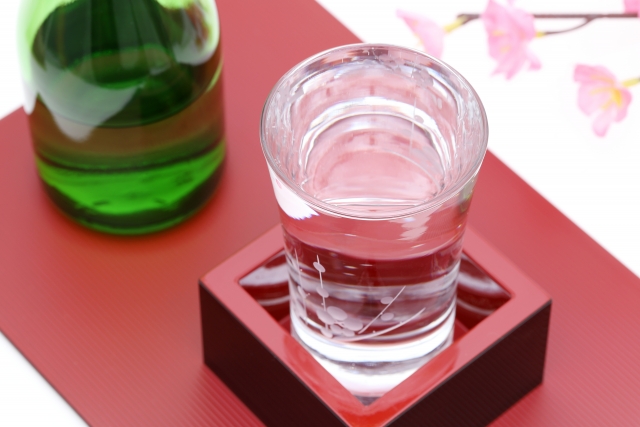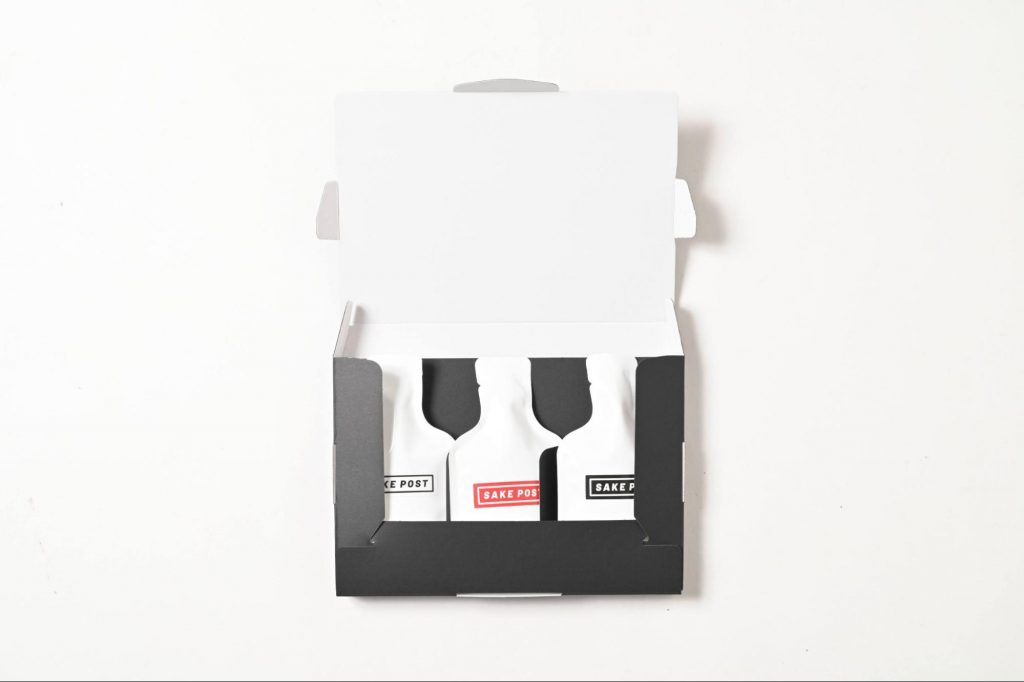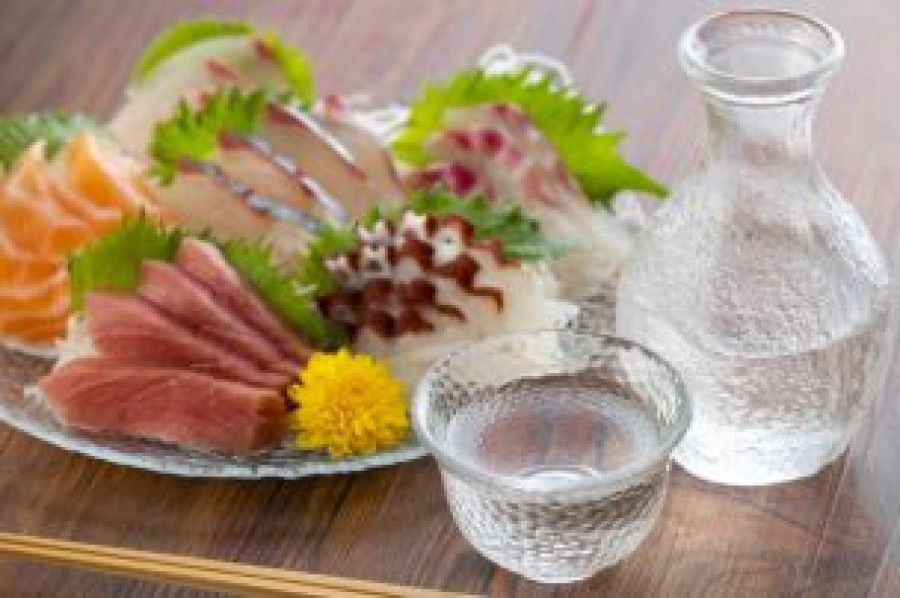The expressions 'sweet' and 'dry' are often heard when choosing sake.
But what are sweet and dry? What difference does it make? Some people may wonder.
In this article, you'll hear a lot about sweet and dry, but you don't really know what they are! and how to find out the difference between sweet and dry and how to identify your own preferences.
目次
- How to identify sweet and dry sake
- Do you prefer sweet or dry? Introduction to different types of sake by sake degree.
- When in doubt, remember the sake and acidity levels.
- For sake beginners! SAKEPOST" where you can compare drinks
advertisement
How to identify sweet and dry sake

The criteria for determining whether a wine is sweet or dry are the sake degree, acidity and amino acid figures. These three figures are combined to determine sweetness and dryness. Let's look at each of these in more detail from here!
The most useful indicator for judging sweetness and dryness, 'sake degree'.
The 'sake degree' is often used as an indicator of the sweetness or dryness of sake. Generally speaking, the more negative the value, the sweeter the sake, and the more positive the value, the drier the sake. This number indicates the degree of sugar contained in the sake. The higher the sugar content, the more negative (sweet) and the lower the sugar content, the more positive (dry).
So what are the figures?
Generally speaking, a sake with a Nisshu degree of -1.5 or less is considered sweet and a sake with a Nisshu degree of +1.5 or more is considered dry. This is an indicator when selecting sake.
Acidity, which gives sake its sharpness.
Another numerical value to remember that indicates flavour is the acidity. One of the ingredients needed to make sake is organic acid, the acidity of which is indicated by the acidity level. The acidity gives sake its sharpness, but if the sake level is the same, the higher the acidity, the drier the sake, and the lower the acidity, the sweeter the sake.
Amino acid content, which produces richness and flavour in sake.
Amino acidity, which indicates the amount of amino acids contained in sake. Amino acids are said to give sake its richness and flavour. Sake with the same sake degree and high amino acid content is dry, while sake with low amino acid content is sweet.
While using the sake degree as a basic indicator, you can also judge whether a sake is sweet or dry by looking at the acidity and amino acid levels. The fastest way to learn is to compare sake and learn to taste it yourself.
Do you prefer sweet or dry? Introduction to different types of sake by sake degree.

However, even if you want to find out which sake is sweet or dry, it is difficult without seeing the product. So here are some typical sweet and dry sake!
sweet flavor
Snowy Plum Honjozou / Maruyama Sake Brewery
Sake level in Japan: -3.5
Acidity: 1.3
A light, sweet honjozo sake produced by a brewery in Joetsu City, Niigata Prefecture. It is characterised by its soft and rich taste, with a refreshing aftertaste. It can be enjoyed cold or warmed.
Simkou
Yakaiyama Daiginjyo / Yakaijosho
Japanese alcoholic strength: +4.0
Acidity: 1.0
A slightly dry daiginjo produced in the nature-rich city of Minamiuonuma, Niigata Prefecture. Characterised by its fruity aroma and soft mouthfeel, it is recommended as a sake for special occasions such as anniversaries.
Kubota Ginjyosu Senshu / Asahi Sake Brewery
Japanese alcoholic strength: +5.0
Acidity: 1.1
A light, dry ginjo sake produced in Nagaoka City, one of Japan's leading sake-producing regions. It is characterised by its clean, dry and mild taste. It has a light, refreshing taste that does not interfere with meals, making it a good mid-meal drink. It can be served cold or warmed.
When in doubt, remember the sake level, acidity and amino acid level.

If you are not familiar with sake, it is often difficult to know what criteria to use to select a sake. In such cases, try making your choice based on the sake level, acidity and amino acid levels introduced in this article. This information is often written on the label, so try to remember it when choosing in the shop.
For sake beginners! SAKEPOST" where you can compare drinks

初めて日本酒を飲むなら、100ml×3種でさまざまな日本酒が楽しめる「SAKEPOST」もオススメ。一合に満たない100mlでのお届けなので、「四合瓶を買っても飲み切れるか不安」という人にぴったりです。

The system works by scanning the QR code on the sake you receive, which gives you basic information about that sake. You drink it yourself, figure out if it's sweet or dry, and then you can answer the question!
You can also leave your own personal notes on your My Page, so you can write down your impressions of the tastes - how about studying the taste of sake by comparing small quantities at SAKEPOST?
毎月3種、年間で36種類の日本酒と出合える、「SAKEPOST」。気になる方は、こちらのURLから詳細をチェックしてみてくださいね。
● 日本国内向け販売ページ(https://sakepost.jp)
● 日本以外の国への販売ページ(https://japan-sakepost.com/fs1)
--------------------------------------------------
運営元
株式会社FARM8
advertisement






